Alexander`s works @ Nicolai Wallner
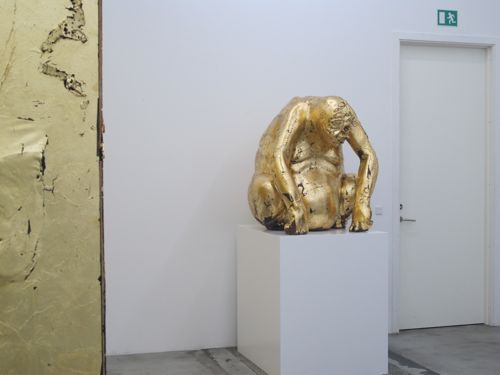

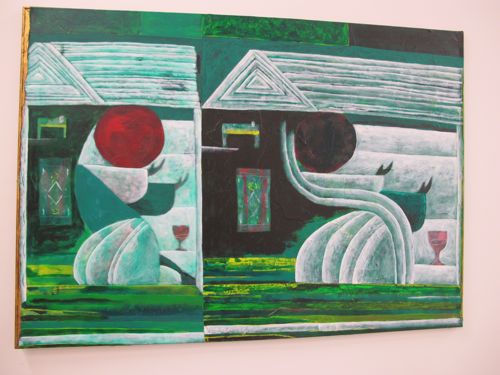
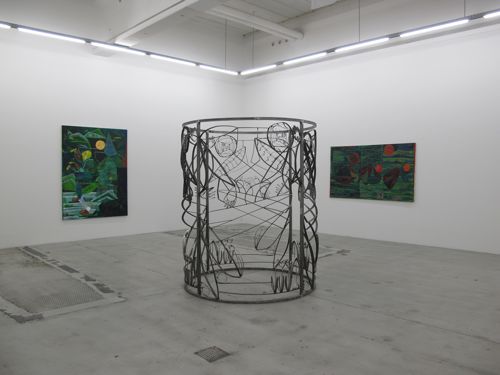
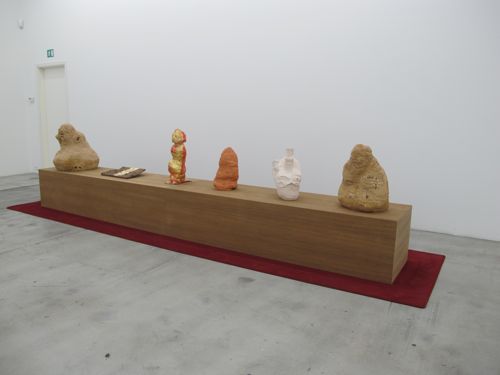
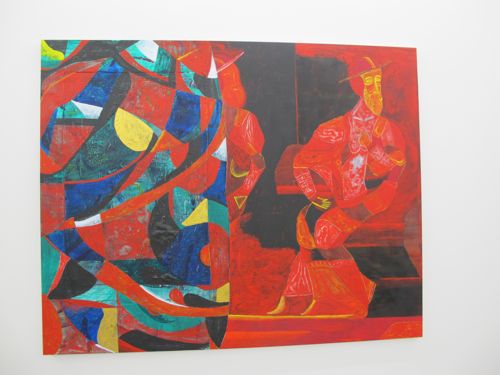
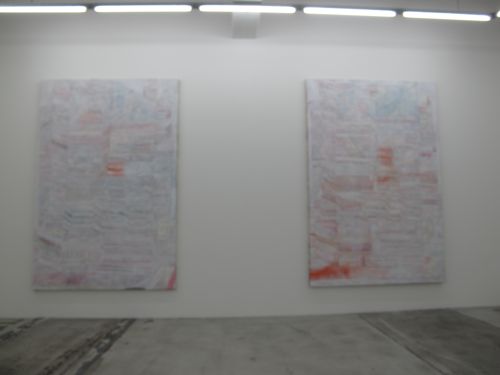
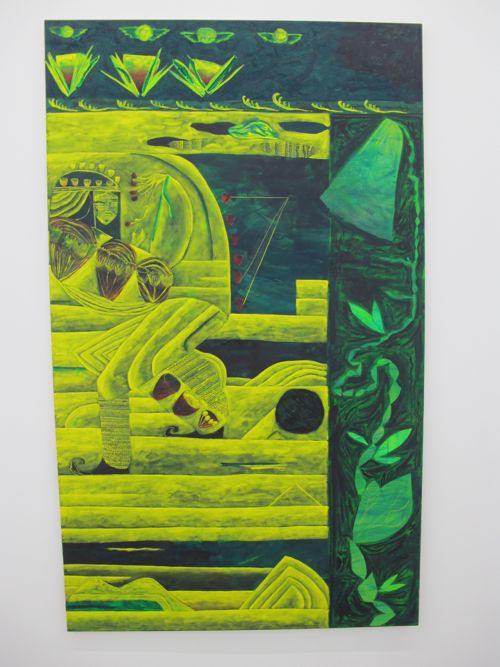
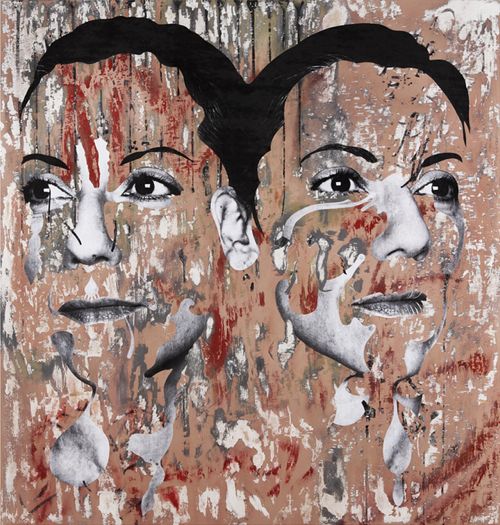
Show & Tell Gallery is pleased to welcome Dan Bergeron (also known as fauxreel) to his first solo exhibition with the gallery. Bergeron is best known for his subversive and thought-provoking public street installations.
His most recent body of work, Faces of the City, juxtaposes the abrasive charm of the distressed surfaces of modern cities with the intimate familiarity of the human face. As the walls and surfaces of the city define its physical character and spatial identity, the faces of its inhabitants provide the city with its personality, disposition and magnetism. His fusion of the two explores the idea that beauty truly lies in the scars, wrinkles and blemishes of places we live and people we meet.
Faces of the City will feature original photo-based, mixed media assemblages as well as a selection of editioned photo prints featuring the artist’s street installations.
Bergeron’s work has been displayed in institutions such as the Art Gallery of Ontario, the Royal Ontario Museum, and the Museum of Contemporary Canadian Art. His public installations can be found in alleys, boroughs, arrondissements, and on high streets in Toronto, New York, Paris and London.
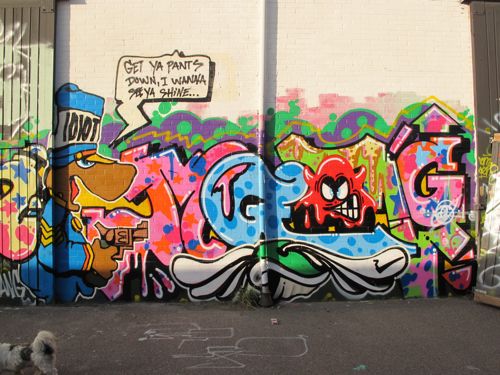
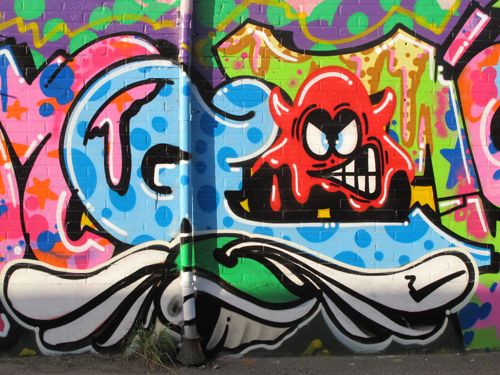
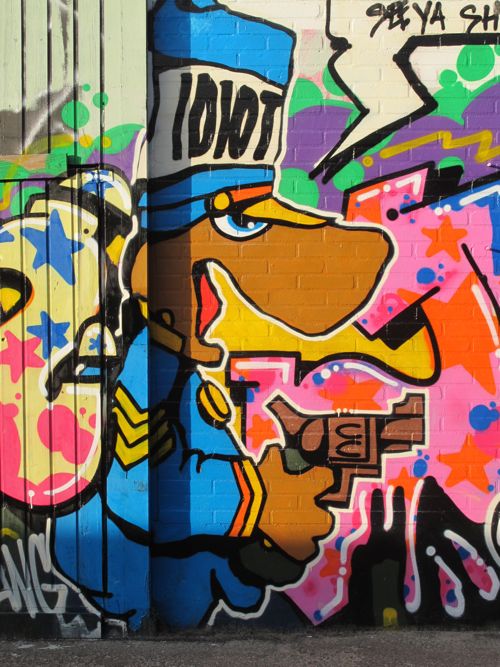
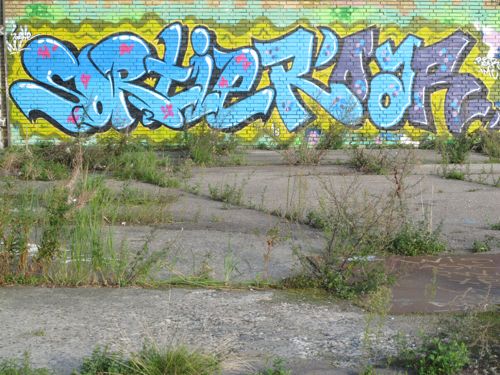
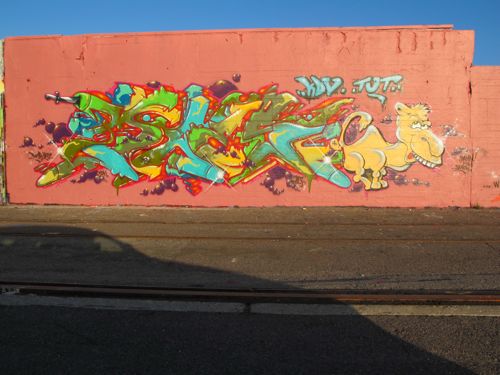
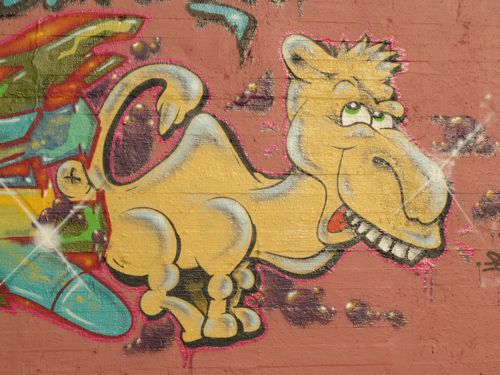
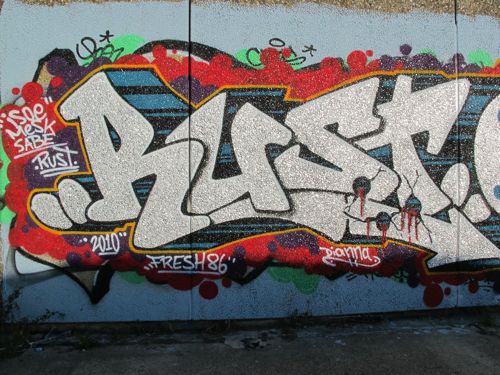
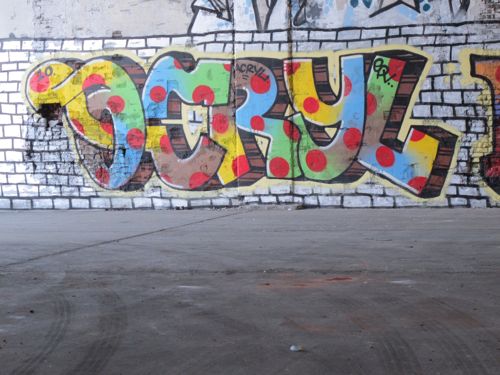
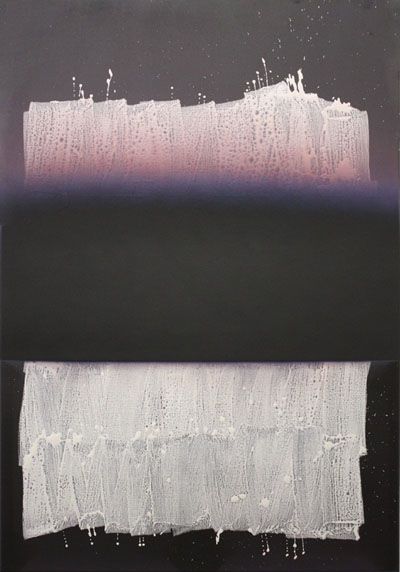
For his second solo exhibition at Johann König, Berlin, Nathan Hylden shows large scale paintings on aluminum and canvas, as well as new sculptures. All works can be seen as parts of an ongoing painting project that explores questions regarding the pictorial process and the relationship of an image to its material manifestation in space.
A photograph of a blank vertical canvas is the starting point for the aluminum paintings. After being translated into an enlarged dot pattern, the 1:1 scale photograph was fragmented into four identical parts. The following steps vary: in a continuously changing order or “shuffle”, Hylden applies different layers of paint on the aluminum sheets using a brush, screen-print and airbrush. With a wide brush and energetic flow he applies white acrylic paint, produces washes of metallic-silver layers and screen-prints the pieces of the canvas photographs with black. The enlarged dot pattern print abstracts the image further and dissolves it in an optical effect.
During the production of this series, Hylden constantly combines not only the steps in the work process but also works on more than one painting at a time, overlapping the aluminum sheets to create different layers and spraying them with paint. From one painting in the series to the other, what can be perceived as the potential ground thus constantly shifts – figuratively and literally.
For the works on canvas, Hylden uses the same method, as is typical for his work. The paintings are organized into groups and then separated into independent works. First, all canvases are primed in black and covered with a wash layer of metallic silver paint. They are then vertically placed on each other and sprayed over with red, blue, violet and finally a matte black. Optically retracting from the underlying layers of color, this final layer of black appears as an empty field, a void.
The simultaneous work on the paintings provokes a deductive understanding of the painting’s structure. Each painting is at the same time a starting point and the result of another one. It is as much the positive as the negative form and thus another’s index. On the other hand, each one remains an autonomous object. This way of working on the part of the artist leads to an investigation of cause and effect in artistic production.
Hylden further explores this working technique in the series of sculptures. Each of the shoulder-high objects consists of two mirror polished stainless steel sheets, folded at an angle and placed parallel to each other. The sheets in front show cutouts, through which black paint has been sprayed through and onto the sheet behind. Hence, a stencil-like image appears. The cutouts are derived from a photograph the artist took in his studio in Los Angeles, depicting the paintings for the Berlin show. If the sculptures were to be “unfolded“, it would be possible to recognize a row of classically hung paintings in linear perspective. Additionally, the sculptures’ surfaces mirror the paintings in the gallery space. They are thus present both as material objects and as image-producing surfaces.
Again as with Hylden’s other exhibitions this marks one part of a continuous exploration where the terms of cause, effect, presence, and completion are obscured through the very means of the process itself.
Nathan Hylden (*1978, Fergus Falls, Minnesota) lives and works in Los Angeles. He studied at the Art Center in Pasadena, California and was a guest student at the Städelschule in Frankfurt am Main. His works have been shown until now in individual exhibitions at Johann König, Berlin, Richard Telles Fine Art, Los Angeles, Misako & Rosen, Tokyo and Art:Concept, Paris, among others.
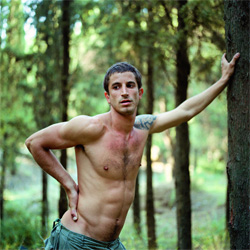
Newman Popiashvili Gallery is pleased to present a group exhibition of eight artists curated by Michel Auder. As an active visiting artist and professor in several art schools in the US and abroad, Auder has encountered these talented artists in different points of their careers. He has selected the work for the show without trying to unite them under a theme or preconceived idea. It is a recollection of “good work” that he has seen, thus the title of the show – Untitles. The exhibition brings together artists working in all media and styles as well as varying explorations from personal histories to the social critique.
Michael Stickrod represents a convergence of the two perspectives: personal and social. Often taking the form of vacation movies, family photographs, crafted pottery and other “amateur” practices that tend to be relegated to attics and basements, Stickrod’s artworld pedigree, completely flips how these objects are read. Laura Marsh’s work further extends the cultural portrait of our society through combining imagery from advertisements. The artists inserts advertising media into drawings, sculptures, paintings and video, thus augmenting commercial images and stretching the life of everyday materials to manifest characters that bare an objectified gaze. The Korean artist Myeongsoo Kim explores an interest in defining the cowardliness, which may act as a self defense mechanism, accompanied by a cynical perspective of oneself and the surrounding world. The artist’s frustration in dealing with the gap between personal beliefs and the respective responsibilities expose a materiality of its own through his work. Sam Anderson’s figurines refer to imagined and existing cultural narratives. In the exhibition, the sculpture Sylvia is both fragile and combative and the warrior stance adds tension to the work. Caroline May’s photographs focus on the customary re-enactment of stereotypes of masculinity that are commonly embraced by both heterosexual and gay mainstream culture. May utilizes photography as a commentary on the reinvention of identity. The Brooklyn based artist Mariah Robertson composes spontaneously with collaged negatives and other objects on irregularly cut sheets of photo paper. The artist often employs processes from “the age of extinction,” films, chemistries and equipment that are being discontinued. Matt Connors’ paintings also harken back to earlier artistic modes of production and the refreshingly simple abstract canvases are, in fact, formally quite sophisticated. Arild Tveito questions ideas of appropriation and originality versus the facsimile. The foot sculpture featured in the show is cast from an Auguste Rodin sculpture that is on display in Oslo, Norway. The actual sculpture was relegated to a non-focal part of the city due to its questionable authenticity, Tveito, secretly cast the foot of the sculpture and reintroduced an “original” art work into the artistic community.